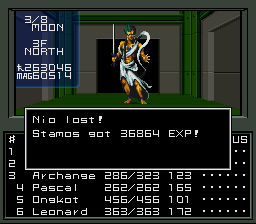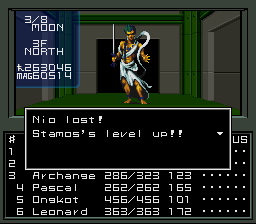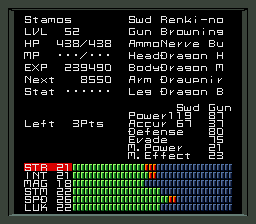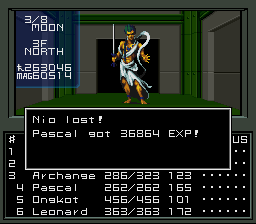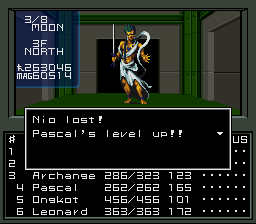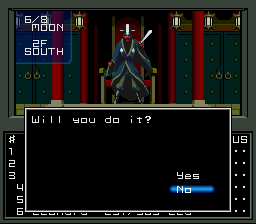


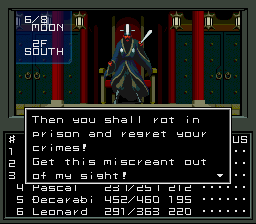


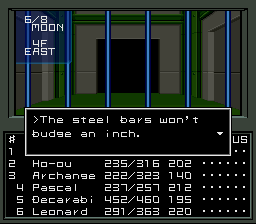


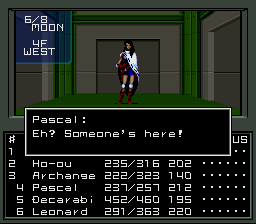
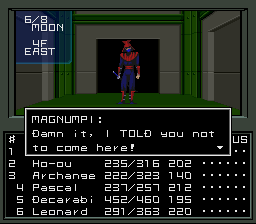
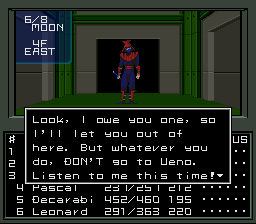
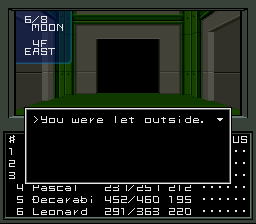

Megaten Wiki posted:
A Tibetan deity associated with illness and death. He served to Yama and depicted as a skeleton-only body. Although he brought illness to human, on the other hand it was told that he had the power to expel the illness-causing demon if you dance for him.
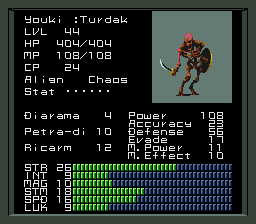

Wikipedia posted:
Sarutahiko Ōkami (猿田毘古大神, 猿田彦大神), is a kami, a deity of the Japanese religion of Shinto.
Sarutahiko Ōkami is a powerful guardian kami who is enshrined at Tsubaki Jinja in Mie Prefecture and at Sarutahiko Jinja in Ise. In the Kojiki, he is the leader of the earthly kami and the one who greets Ninigi no Mikoto, the grandson of Amaterasu, the Sun goddess, when he descends from Takamagahara. He is depicted as a towering man with a large beard, jeweled spear, ruddy face, and long nose. At first he is unwilling to yield his realm until persuaded by Ame no Uzume no Mikoto, the kami of dance and the arts, whom he later marries. Sarutahiko Ōkami is seen as a symbol of strength and guidance, which is why he is the patron of martial arts such as aikido.
His name consists of an etymologically obscure element, Saruta, which is traditionally transcribed with kanji (猿田) that suggest the meaning "monkey-field" as a sort of double entendre, followed by the Classical Japanese noun hiko "a male child of noble blood, a prince." Thus, Sarutahiko Ōkami's embellished name could be roughly translated into English as "Great Kami, Prince Saruta." Many variant pronunciations of his name exist, including Sarudabiko and Sadahiko. Although it is usually not written, the Japanese genitive case marker, -no, is often suffixed to his name in speech when it is followed immediately by one of his honorific titles, such as Ōkami or Mikoto.
Sarutahiko has the distinction of being one of only six kami to be honored with the title Ōkami (大神) or "Great Kami"; the other five are Izanagi, Izanami (in her Persephone-like role as Queen of the Underworld), Michikaeshi, Sashikuni, and Amaterasu. The special honor paid to Sarutahiko is particularly notable for the fact that he is the singular kunitsukami, or earthly kami, to be given the title; the other five are all amatsukami, i.e. heavenly kami.
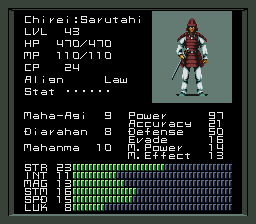
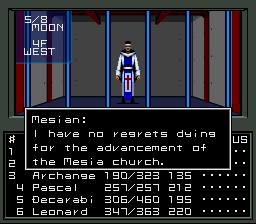
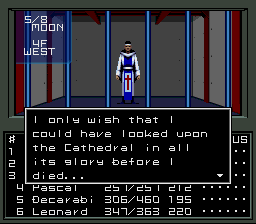
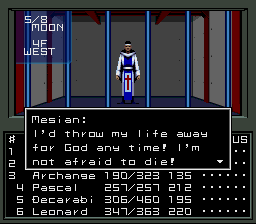
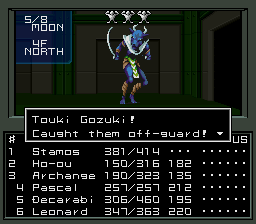

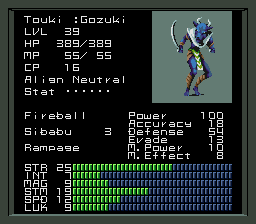


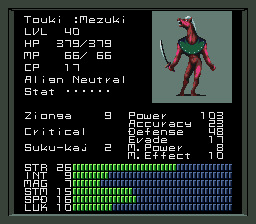
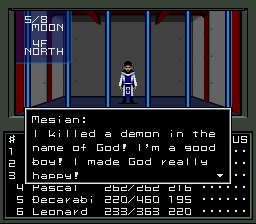

And found a relevant image.Wikipedia posted:
Ongkot - Ape-prince and son of the Pali Thirat and Nang Montho, cousin of Hanuman
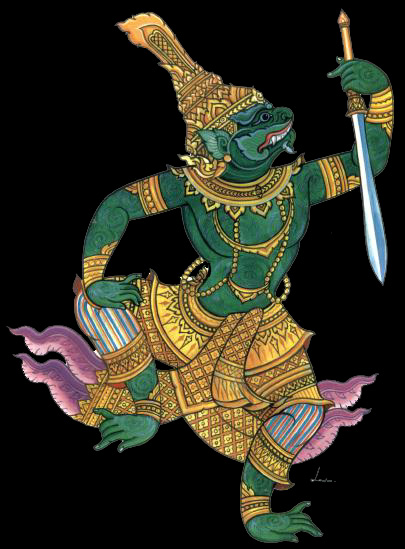
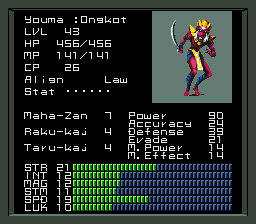
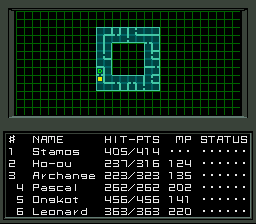
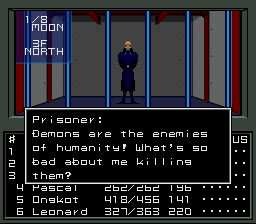
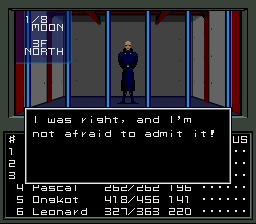
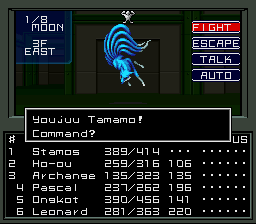
Wikipedia posted:
Tamamo-no-Mae (玉藻前) is a legendary figure in Japanese mythology. In the Otogizoshi, a collection of Japanese prose written in the Muromachi period, Tamamo-no-Mae was a courtesan under the Japanese Emperor Konoe. She was said to be the most beautiful and intelligent woman in Japan. Tamamo-no-Mae's body mysteriously always smelled wonderful, and her clothes never became wrinkled or dirty. Tamamo-no-Mae was not only beautiful, but she was infinitely knowledgeable in all subjects. Although she appeared to be only twenty years old, there was no question that she could not answer. She answered every question posed to her, whether about music, religion, or astronomy. Because of her beauty and intelligence, everyone in the Imperial Court adored her, and Emperor Konoe fell deeply in love with her.
After some time had passed, with Konoe all the while lavishing all his affection on the beautiful Tamamo-no-mae, the Emperor suddenly and mysteriously fell ill. He went to many priests and fortune-tellers for answers, but they had none to offer. Finally, an astrologer, Abe no Yasuchika, told the Emperor that Tamamo-no-Mae was the cause of his illness. The astrologer explained that the beautiful young woman was in fact an evil nine-tailed fox (kitsune), who was making the Emperor ill in a devious plot to take the throne. Following this, Tamamo-no-Mae disappeared from the court.
The Emperor ordered Kazusa-no-suke and Miura-no-suke, the most powerful warriors of the day, to hunt and kill the fox. After eluding the hunters for some time, the fox appeared to Miura-no-suke in a dream. Once again in the form of the beautiful Tamamo-no-Mae, the fox prophecied that Miura-nosuke would kill it the next day, and begged for its life. Miura-no-suke refused.
Early the next day, the hunters found the fox on the Plain of Nasu, and Miura-no-suke shot and killed the magical creature with an arrow. The body of the fox became the Sessho-seki, or Killing Stone, which kills anyone that comes in contact with it. Tamamo-no-Mae's spirit became Hoji and haunted the stone.
Hoji is said to have haunted this stone in the Japanese prefecture of Nasu until a Buddhist priest called Genno stopped for a rest near the stone and was threatened by Hoji. Genno performed certain spiritual rituals, and begged the spirit to consider her spiritual salvation, until finally Hoji relented and swore to never haunt the stone again.
In Matsuo Bashō's famous book, The Narrow Road to the Deep North (Oku no Hosomichi), Bashō tells of visiting the stone in the Japanese prefecture of Nasu.
Tamamo-no-Mae's legend forms the basis of both the noh drama Sesshoseki ("The Killing Stone") and the kabuki play Tamamonomae (or The Beautiful Fox Witch).
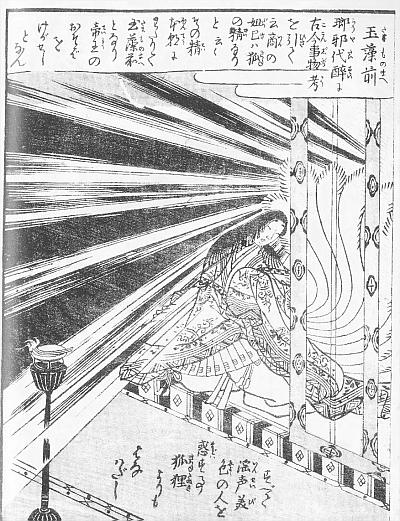
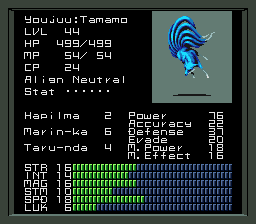
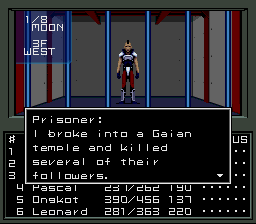
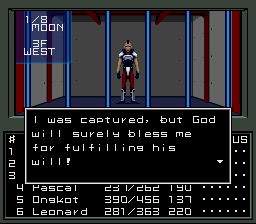

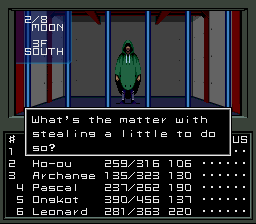
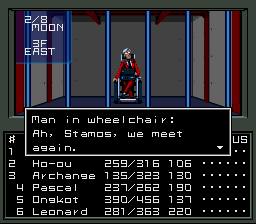
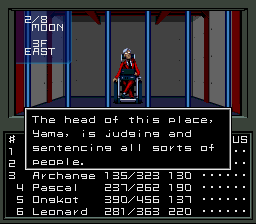
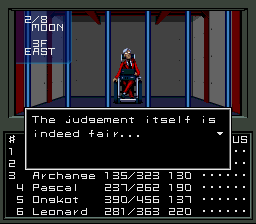
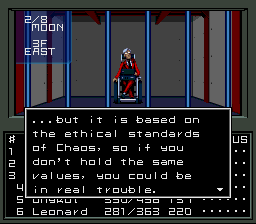



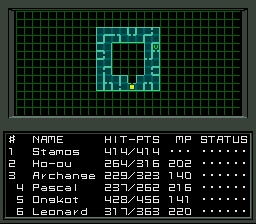

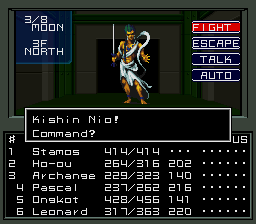
Wikipedia posted:
Kongōrikishi or Niō are two wrath-filled and muscular guardians of the Buddha, standing today at the entrance of many Buddhist temples in Japan and Korea under the appearance of frightening wrestler-like statues. They are manifestations of the Bodhisattva Vajrapāṇi protector deity and are part of the Mahayana pantheon. According to Japanese tradition, they travelled with the historical Buddha to protect him.
